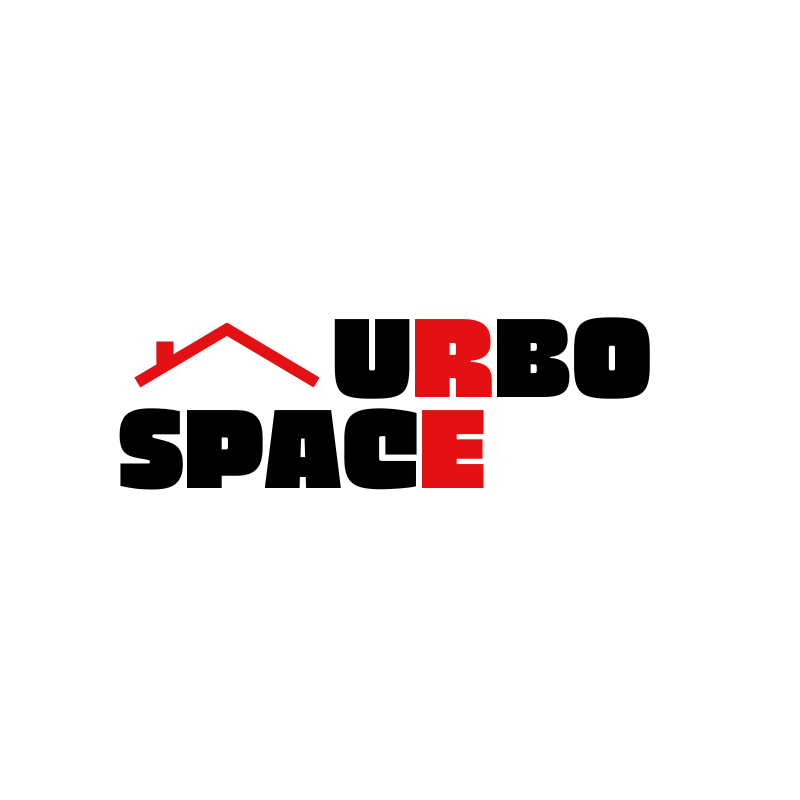
Navigating the Work Terrain: WFH vs. WFO vs. Hybrid Model – What Suits You Best?
In the wake of the post-COVID-19 world, the landscape of work has undergone a seismic shift. The debate rages on: is it better to work from the comfort of home or the structured confines of the office? Let’s delve into the heart of this matter and explore the pros and cons of each.
Work From Home (WFH) – Embracing the New Norm
Pros:
- Commute Relief: Bid farewell to the endless traffic jams and crowded public transport. WFH gifts you time, cost savings, and a stress-free journey to your workspace.
- Cost-Effectiveness: Say goodbye to hefty office rentals and infrastructure costs. WFH slashes overheads and boosts your bottom line.
- Work-Life Harmony: Spend precious moments with loved ones without sacrificing your career. WFH fosters a healthier work-life balance.
- Job Satisfaction: Revel in the autonomy WFH brings, enhancing job satisfaction and overall well-being.
- Expanded Talent Pool: With geographical barriers removed, hiring the right talent becomes a breeze.
Cons:
- Productivity Predicaments: Monitoring productivity becomes trickier, potentially impacting promotional opportunities.
- Lack of Community: Social interactions dwindle, hindering teamwork and networking, which could dent productivity.
- Infrastructure Woes: Power outages, internet disruptions, and inadequate equipment pose challenges.
- Work-Life Juggling: Striking a balance between home and work responsibilities proves challenging, leading to focus and motivation dips.
- Cyber Security Concerns: The risk of cyber threats looms large, raising concerns about safeguarding intellectual property.
Work From Office (WFO) – The Traditional Touch
Pros:
- Communication Hub: Face-to-face interactions foster stronger relationships and bolster workforce efficiency.
- Effective Management: Supervision and evaluation become seamless, offering clarity and motivation to employees.
- Productivity Peaks: A structured routine enhances productivity, ensuring tasks are completed efficiently.
- Robust Infrastructure: Modern amenities abound, from reliable internet to state-of-the-art conference facilities, facilitating focused work.
Cons:
- Commute Hassles: The daily grind of commuting consumes time and energy, adding to stress levels.
- Cost Implications: Savings on office-related expenses are non-existent.
Embracing the Hybrid Model – A Path Forward
Enter the hybrid model, bridging the best of both worlds. Companies are embracing this flexible approach, offering employees the freedom to toggle between remote and office work, striking a balance that suits individual preferences and company needs.
Considerations for a Hybrid Model:
- Ensure your workspace accommodates both remote and in-person work, with ample space and designated areas for virtual meetings.
Find Your Ideal Workspace with UrboSpace
Whether you lean towards WFH, WFO, or the hybrid model, UrboSpace has you covered. Discover office spaces equipped with modern amenities, conducive to your preferred working style. Reach out today and embark on your journey towards a productive work environment tailored to your needs.
